Sixties
City presents
a wide-ranging series of
articles on all aspects of the Sixties, penned by the creator of the iconic
60s music paper Mersey
Beat
|
Sixties
City presents
a wide-ranging series of
articles on all aspects of the Sixties, penned by the creator of the iconic
60s music paper Mersey
Beat
|
|||||
|
| The
communications satellite which pioneered round-the-world television. The
170lb ‘Telstar’ was launched into orbit from Cape Canaveral by a Delta rocket
on 10th July 1962. A giant moveable horn antenna near Andover, Maine, U.S.A.
locked onto it. Television images were then relayed to the satellite from
Andover and the first television pictures live from across the Atlantic
Ocean were seen in both France and Britain. Ground stations in Brittany,
France and Goonhilly Down, Cornwall attempted to pick up its signals. The
French were the first to succeed and obtained excellent pictures. They also sent back live pictures of Yves Montand singing. Goonhilly Down only managed to capture the final minute of the American broadcast and the first face which British viewers saw on the transatlantic broadcast was that of Frederick Kappel, chairman of AT&T (American Telephone and Telegraph co), who built the satellite. Britain then beamed back a test card picture and an official greeting. The satellite was also capable of beaming a number of other transmissions across the Atlantic, including telephone and telegraph messages. After four months Telstar’s decoders failed, although it managed to continue broadcasting until February 1963 when radiation from the Van Allen belt ended its communications. A Telstar 2 was launched on 7th May 1963. The idea of transatlantic television was greeted with particular excitement in Europe and the satellite inspired British record producer Joe Meek to write an instrumental number ‘Telstar’, which was recorded by The Tornados and reached No1 in the charts, appropriately on both sides of the Atlantic, in October 1962, selling five million copies worldwide. The 29-year-old Meek took one hour to arrange the number with The Tornados and half an hour to record it. It was the group’s biggest hit, although they were to have further chart success in Britain with ‘Globe Trotter’, ‘Robot’, ‘The Ice Cream Man’ and ‘Dragonfly.’ The group comprised Heinz Burt (bass guitar), Clem Cattini (drums), Alan Daddy (guitar/violin), George Bellamy (guitar) and Roger Jackson (piano/organ). Joe Meek died in a shooting on 3rd February 1967. |
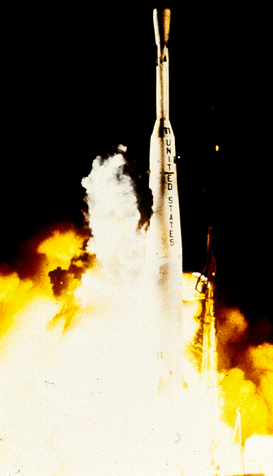 |
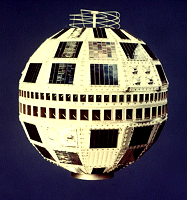 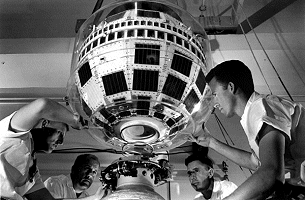
 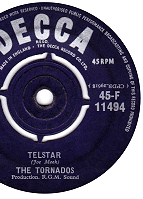 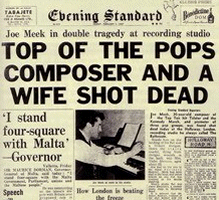 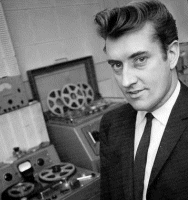 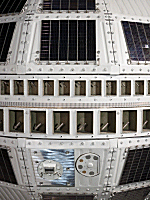 |
|
Article
Text
UK
web hosting by
|